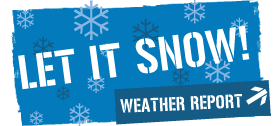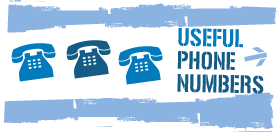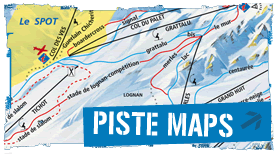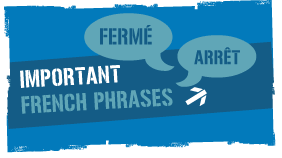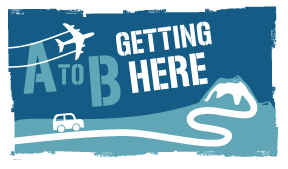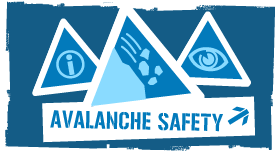10 rules of safety
10 Rules of safety on the mountain.
1. Respect for others
People using the pistes must behave in such a way that they do not put other people in danger or harm them, either by their behaviour or with their equipment.
2. Speed and behaviour
People using the pistes must adapt their speed and behaviour to suit their personal abilities as well as the general ground and weather conditions, the state of the snow and the density of the traffic.
3. Choice of direction by the skier uphill
A skier who is uphill is in a position which enables him to choose a course : he must therefore make this choice so as to preserve the safety of anyone downhill.
4. Overtaking
Overtaking can be done from uphill or downhill, on the right or on the left, but the person overtaking must always allow a margin for the movements of the person he is overtaking.
5. Where pistes cross and when starting off
After stopping or where pistes cross, all users must, by looking uphill and downhill, make sure that they can start off without endangering themselves and others.
6. Standing
All users must avoid standing in passages which are narrow or where there is no visibility ; in the event of a fall, they must get off the piste as quickly as possible.
7. Going up and down on foot
People who are obliged to go up or down a piste on foot must use the edge of the piste, taking care that neither they nor their equipment is a danger to others.
8. Respect for information, markings and signs
Users must take notice of information about weather conditions and about the state of the pistes and snow. They must respect markings and signs.
9. Assistance
Anyone witnessing or involved in an accident must give assistance, particularly by raising the alarm. If need be, and at the request of the first-aid people, they must put themselves at their disposal.
10. Identification
Anyone witnessing or involved in an accident must make themselves known to the emergency service and/or third parties.


